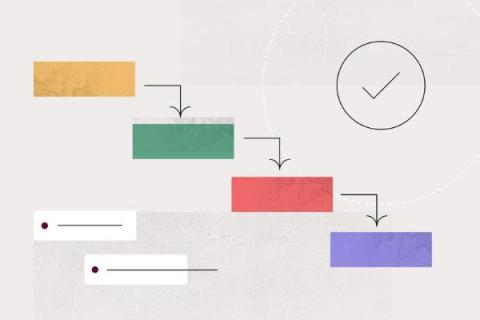Write better AI prompts: A 4-sentence framework
For non-developers, AI can seem like a black box. The concept of AI prompting sends a chill down our spines, especially when we’re bombarded with complicated examples and techniques. Multi-agent prompting? Prompt chaining? ReAct prompting? Sounds too much like the CompSci 101 course we failed in college. But according to Ethan DeWaal, Asana’s AI Program Manager, AI prompting doesn’t have to be complicated.











